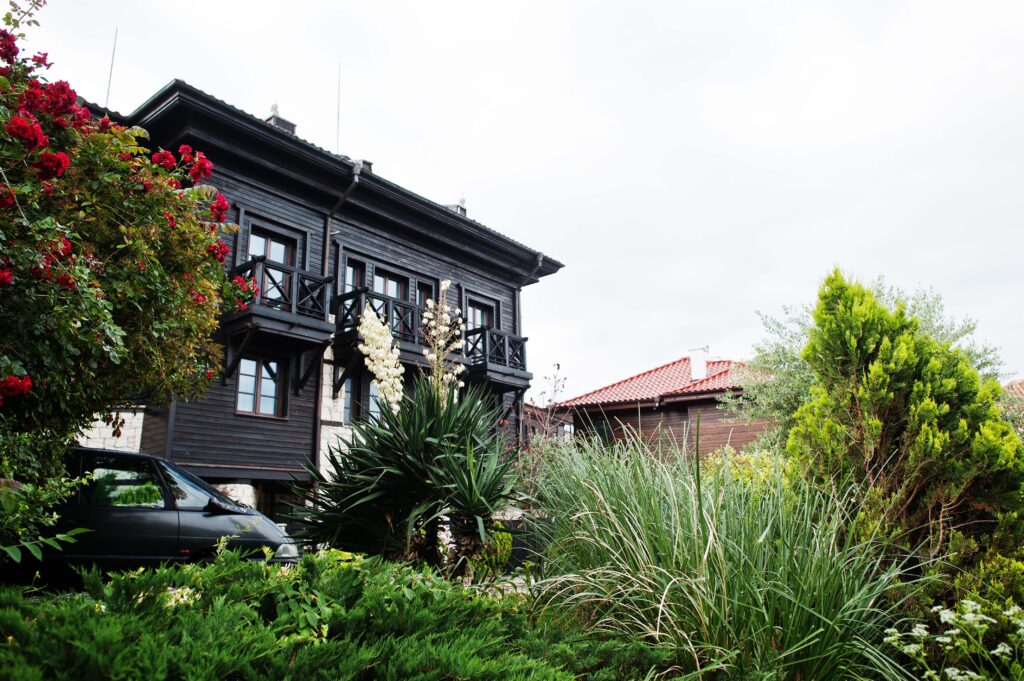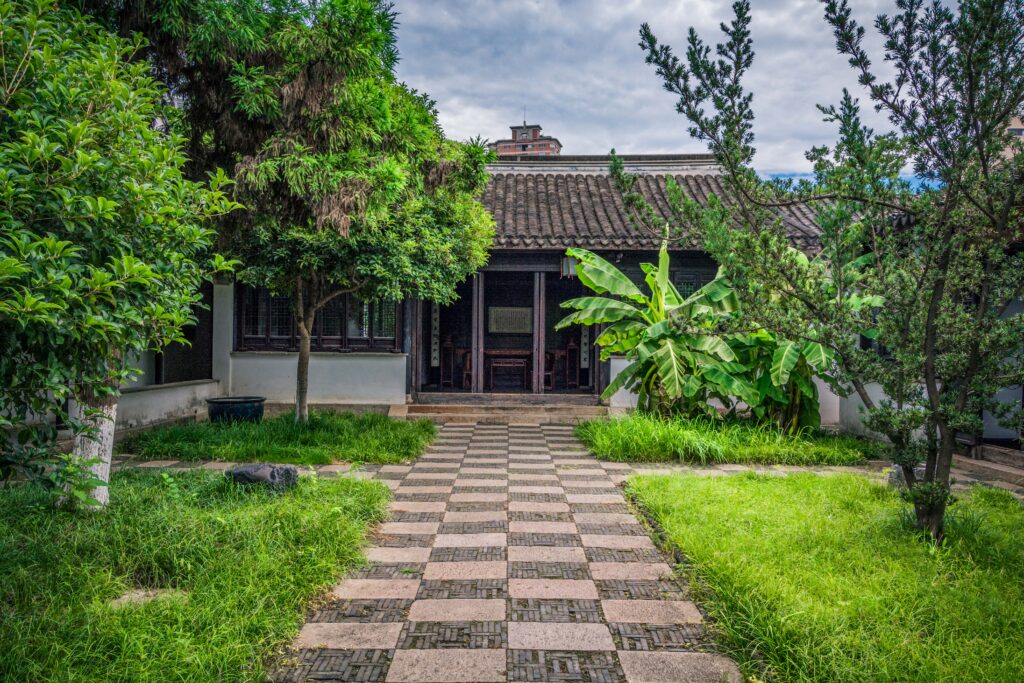The globe has been engulfed by modernity! Everything is being updated in accordance with the most recent trends, including technology, fashion, and utilities. Ancient-style residences are steadily fading away to make room for more contemporary construction. The ancient building may have been an inspiration for modern architecture that makes a statement these days. However, modern homes are the result of careful planning, design, and execution, and they sensibly reflect the unique characteristics of their occupants. You can consult with building contractors in Chennai and other big cities if you plan to blend the benefits of traditional and modern homes to develop the best structure.
For most people, traditional and modern architectural styles might be confusing. Some people confuse modern style with fresh designs, while others confuse traditional homes with ancient ones. However, this is not true. Traditional design elements are still being used, and modern architectural features are almost a century old. What are the primary distinctions between modern and antique residences, then? Let’s attempt to answer these questions right now!

A Brief Explanation of Differences Between Modern & Ancient Architecture
Modern homes depend on maximizing functionality while decreasing costs, whereas nineteenth and twentieth century architecture focuses on attractive and spacious designs. Traditional plan building incorporates numerous single parts to create a massive structure. Furthermore, they are known for attempting to cover up their features with extraneous details. On the other side, modern architecture emphasizes creating a building that highlights its distinct traits.
Local artists produced exquisite handiwork for ancient structures. Modern dwellings, however, rely on the expertise and flair of their architects. Modern architecture and construction started incorporating fundamental ideas like efficient planning, scheduling, and management with the advancement in building technology. When comparing modern and antique homes, we can detect numerous noticeable distinctions, from upholstery to draperies. The importance of storage in modern homes has significantly increased with time.
Modern homes worry more about minimalistic designs with maximum profitability, but traditional homes emphasize ornamental elements, ornate interiors, and artwork. For example, consider the small kitchen counters in contemporary homes that are stylish and have more space for storage. Lighter-coloured floors are highly preferred in today’s world as they allow more light into the room, which enriches the area and gives the impression that it is larger.
All You Need to Know About Form, Figure, & Alternative Materials
In ancient times space was available in ample amounts, and the lack of land area is a significant problem today. Thus, vertical construction is currently gaining greater momentum. Additionally, construction methods like MIVAN, RCC, and 3D printing are highly preferred. Investment is a critical factor that governs any profession, and this is also true of architecture. Modern architecture is more experimental and willing to stray from traditional conventions when it comes to design. Modern times have seen rapid improvements, which have increased the alternatives. More significant investments were only made for massive structures back then. Now that times have changed, more money and effort are being spent globally on even commercial buildings.
Modern architecture has an abundance of material alternatives. For instance, concrete blocks have easily replaced the Terra Cota bricks of antiquity, as have gypsum boards for plastering. All the modern construction in Chennai uses the latest materials, and not only have the materials changed significantly but also the method of incorporation. In the modern period, the sector has grown very particular, and specialists know exactly what they need rather than settling for whatever constrained possibilities are presented to them.
More Information on the Convenience Factor & Vaastu Shastra System
In contrast to older homes, modern “smart homes” use technology to improve things and maximize convenience. The ability to regulate variables like light and temperature with a live internet connection has changed the industry. Air quality control, voice control, and improved home security are other elements that can be included in an automated smart home.
The classic, antiquated system of Vaastu Shastra covers the spatial geometry, arrangement, orientation, layout, measurement, and scaling—the entire scope of architectural execution. Modern architecture is designed and constructed based on the core principles of Vaastu, such as the position and placement of various elements and rooms in buildings. The full scope of Vaastu Shastra has now emerged as a course of study and is religiously put to use in architecture.
Despite the vast differences between ancient and modern architecture, there are a few similarities. When we take into account both eras, material accessibility also has an impact on aesthetic treatment. Multi-utilitarian designs, modern energy, affordable designs, and eco-friendly architecture are all examples of contemporary architecture with a wide range of applications. Some elements in modern architecture have been purposely eliminated since they are no longer necessary. However, numerous additions have been introduced into architecture in recent years to meet current demands. Multipurpose structures with both business and residential components are one such example.
The Bottomline
Any home design can contain smart and healthy home technologies. Innovative home technology offers security, comfort, convenience, and energy efficiency by enabling owners to manage their intelligent biases through an application to control them. Homeowners may visually cover their homes, cover and regulate heat and air conditioning equipment, turn on or off lights, start appliances, and notify authorities if necessary. When unsure of your home’s style, we advise you to consult the best building contractors in Chennai, who will be able to assist you. You may design your home in conventional and modern styles under their guidance. They help you choose and create your floor plans, paint colours, furnishings, and more. Using 3D software, contractors will provide an accurate image of how your modern home will finally appear after construction.

